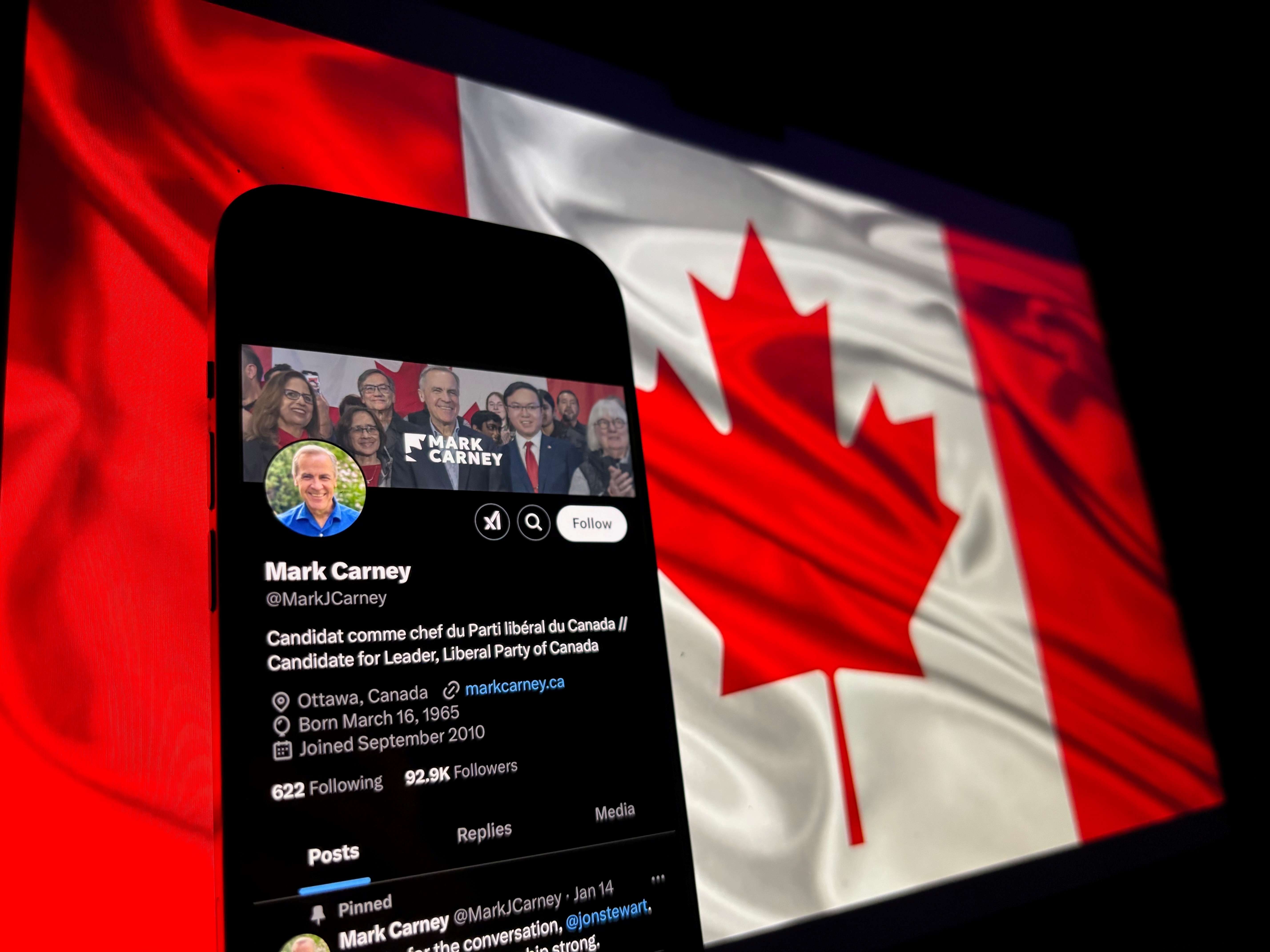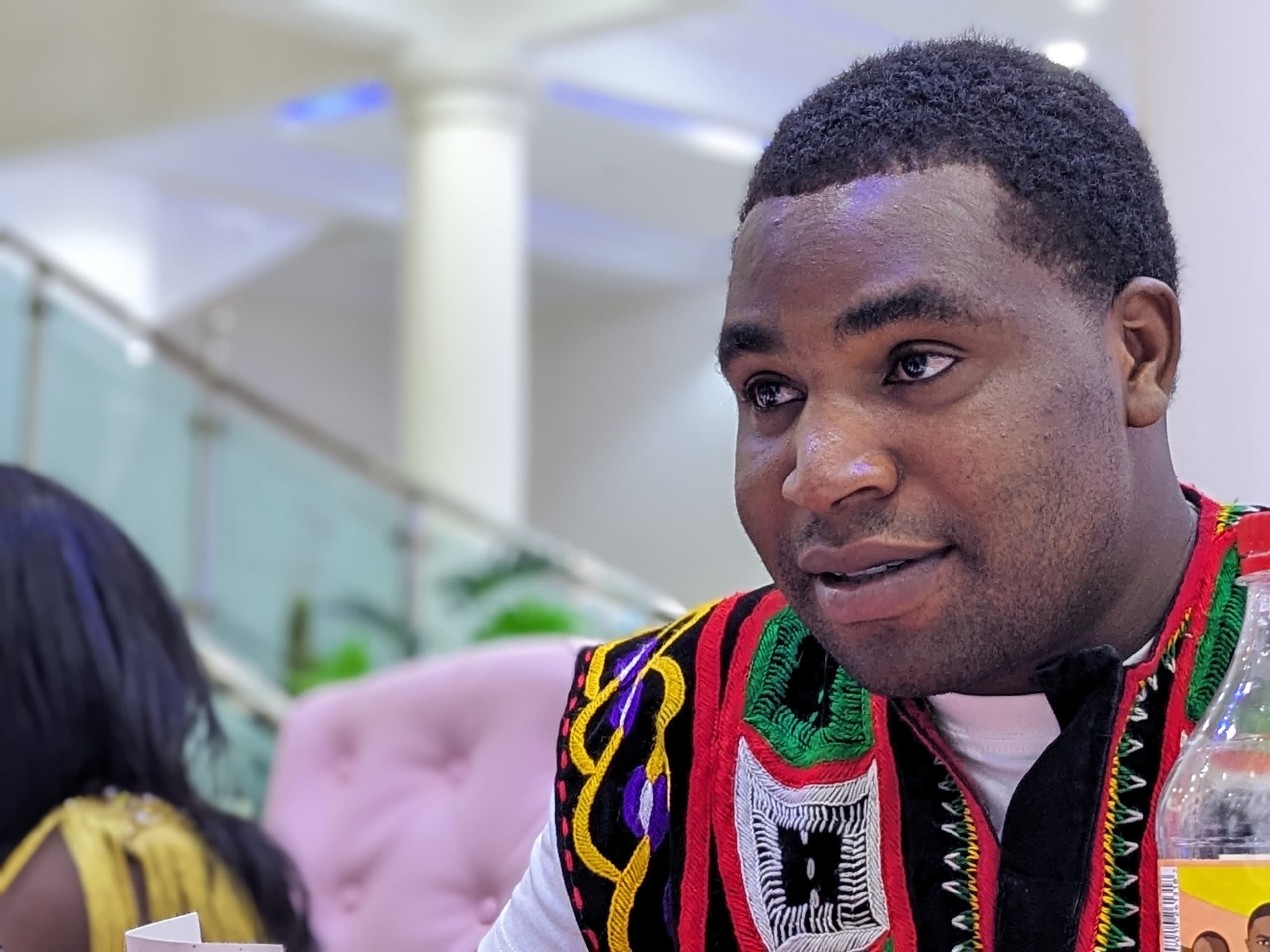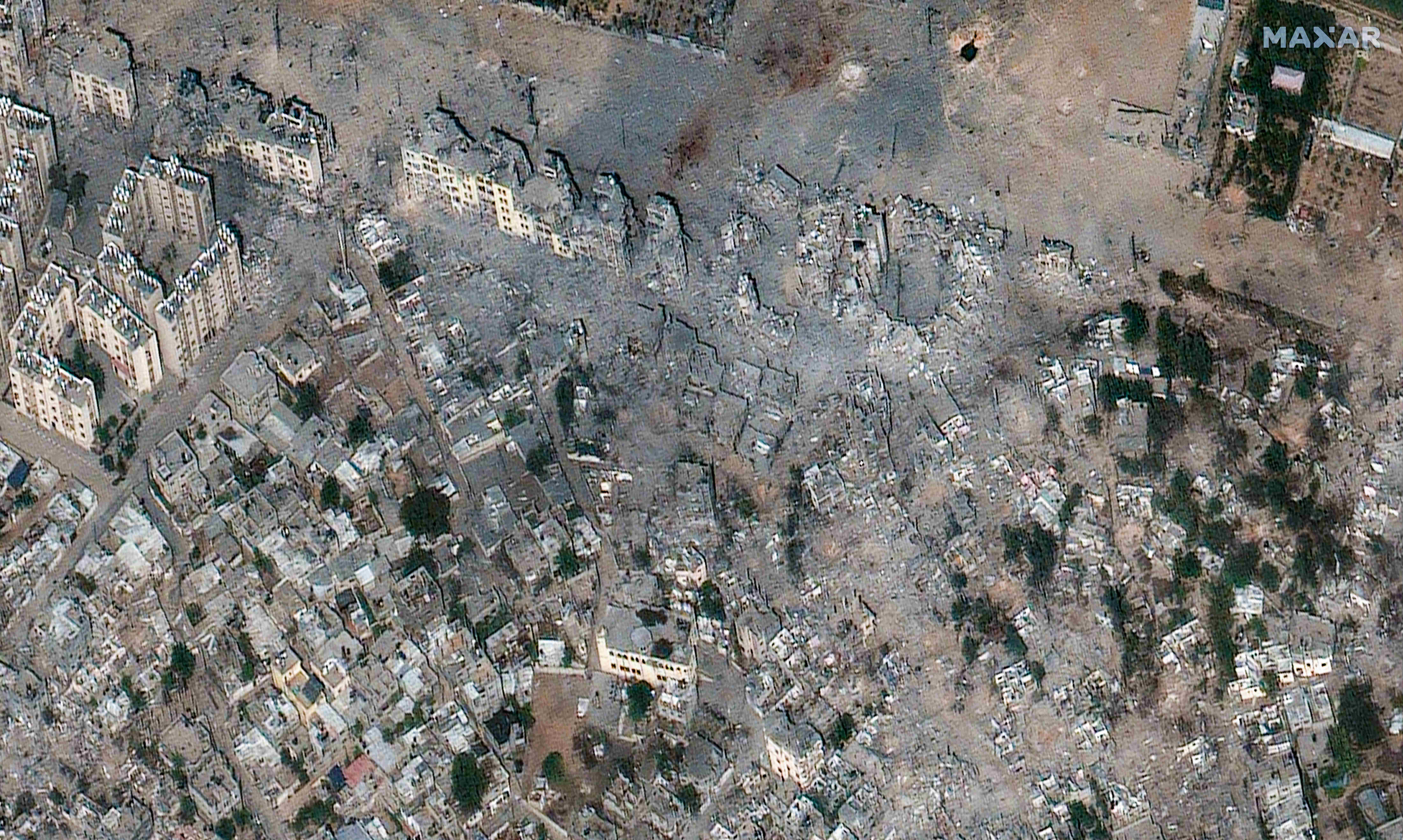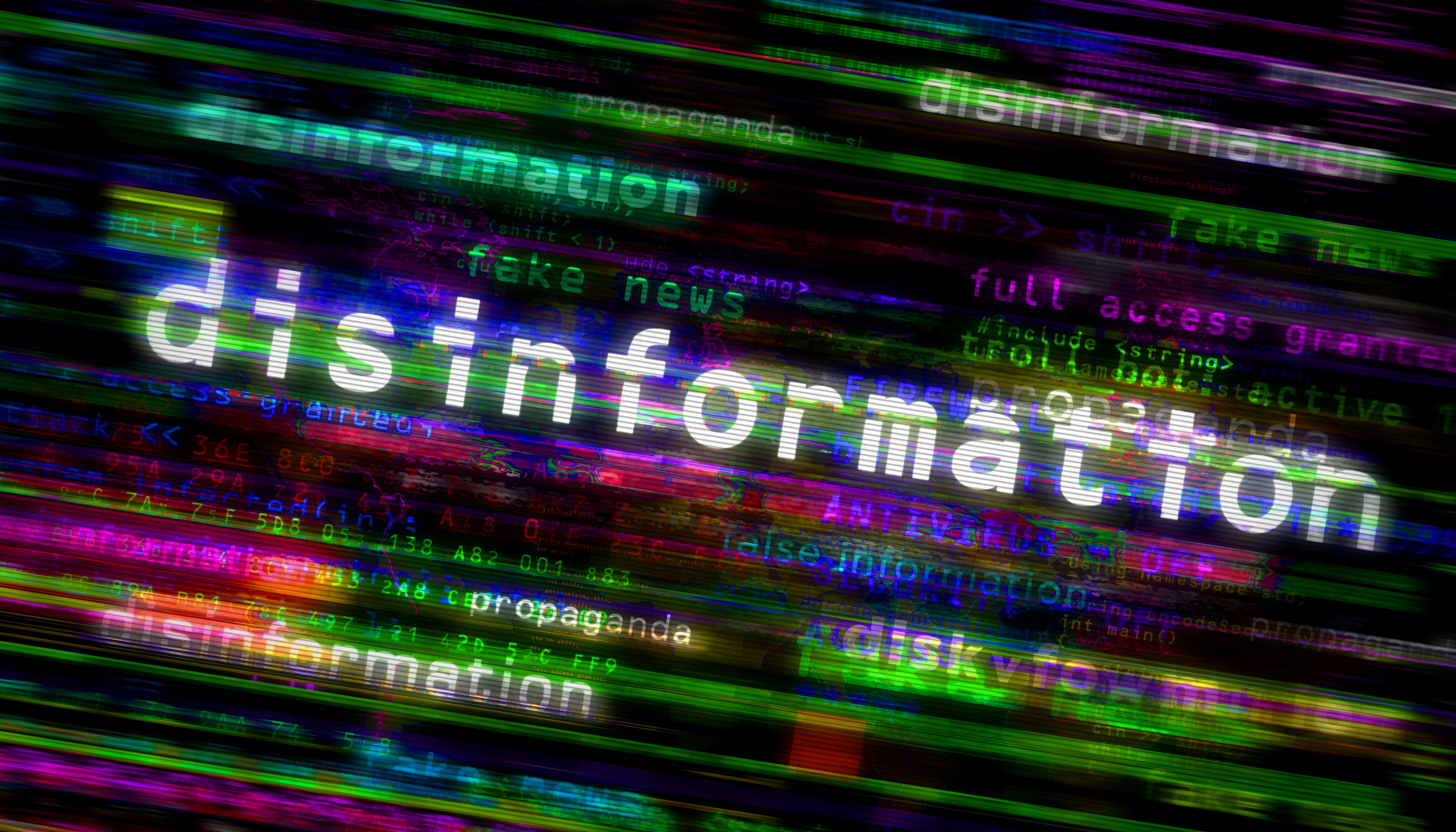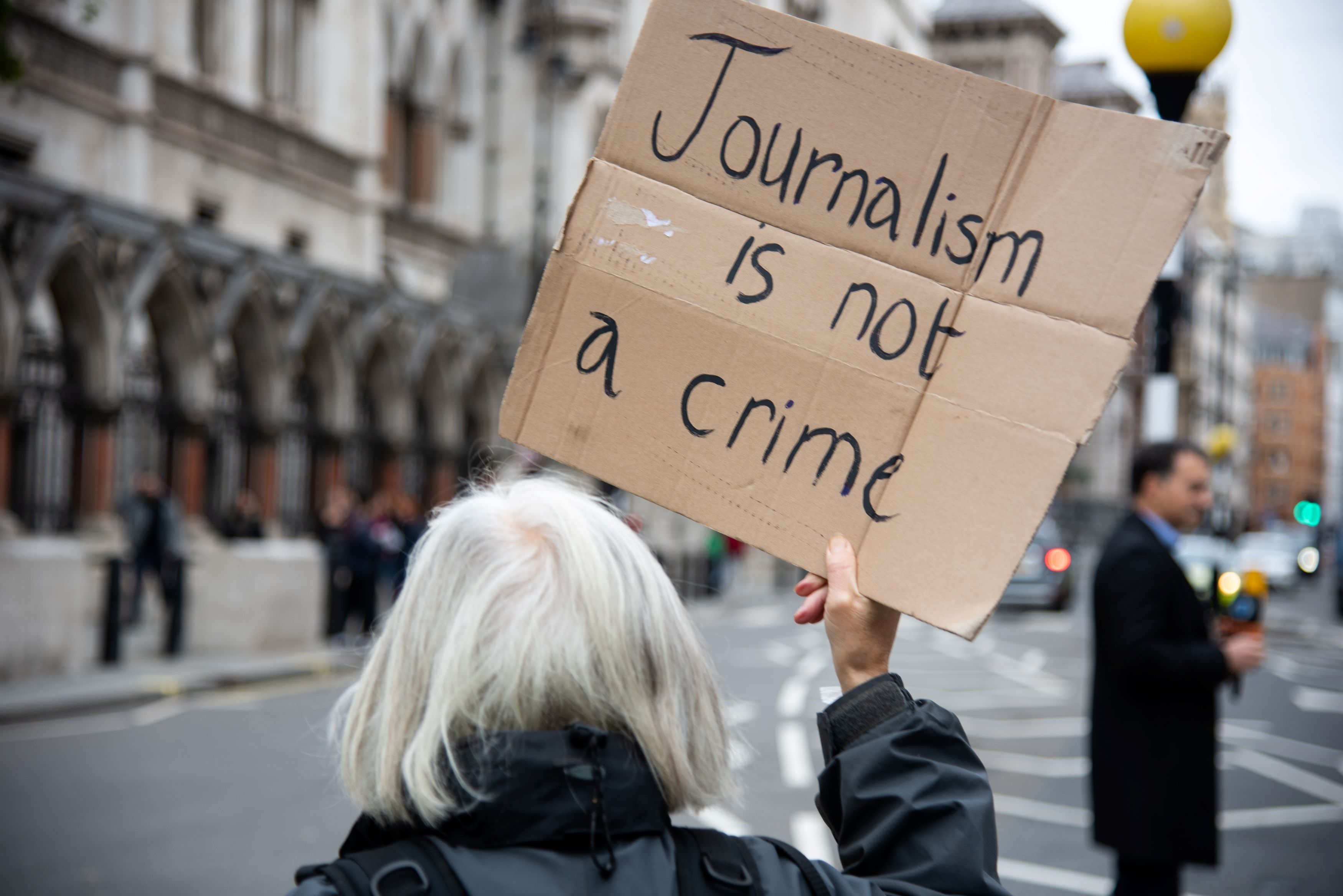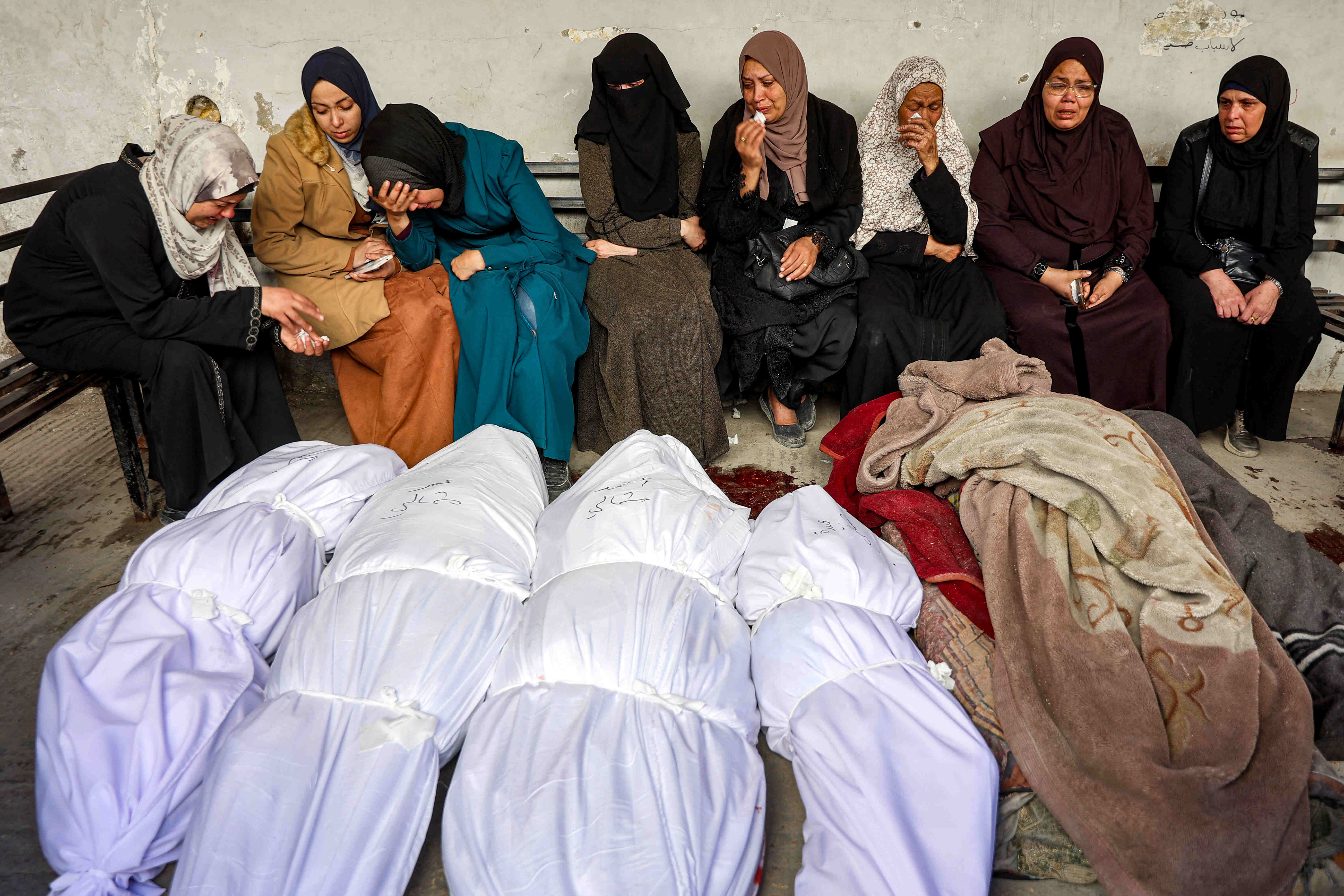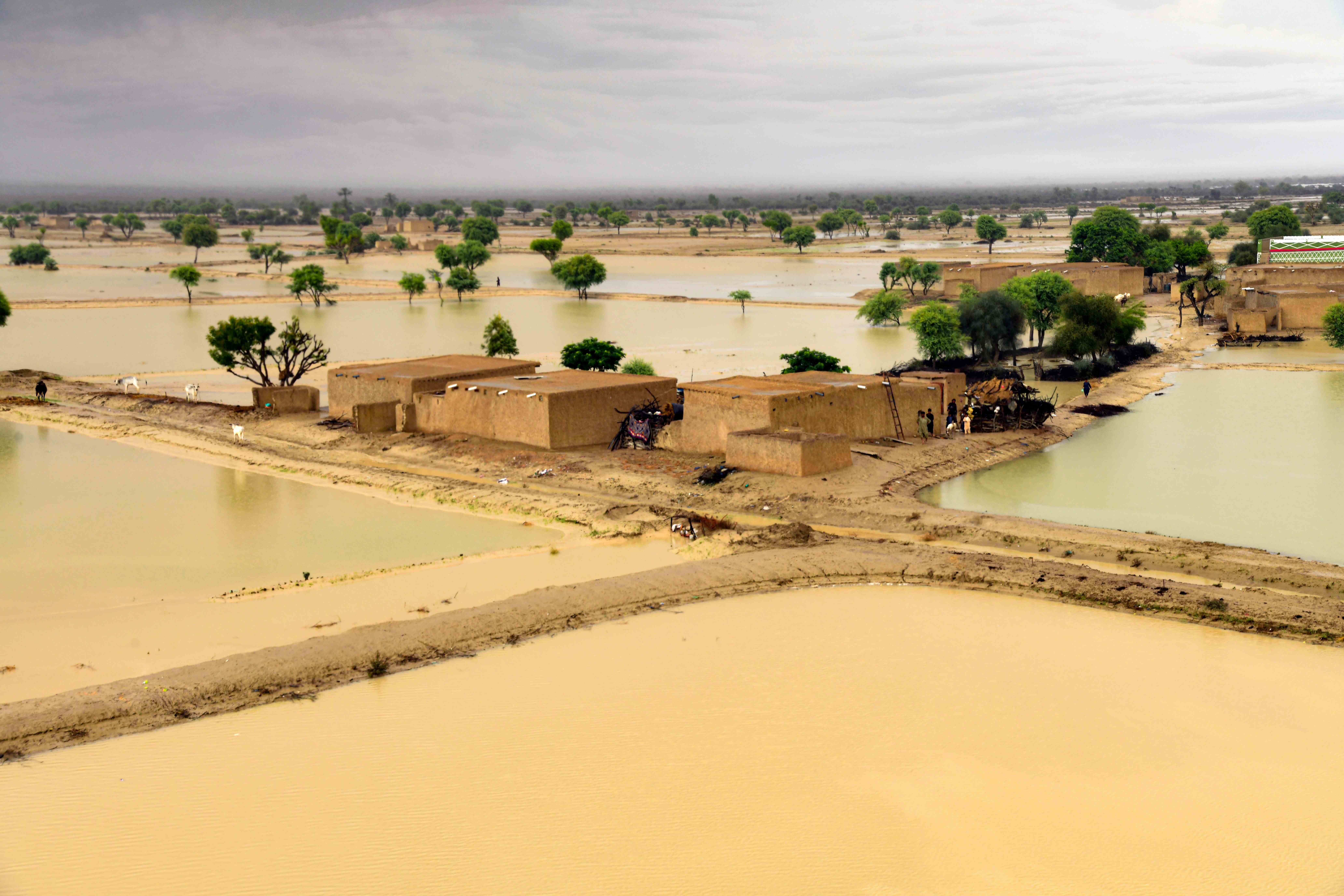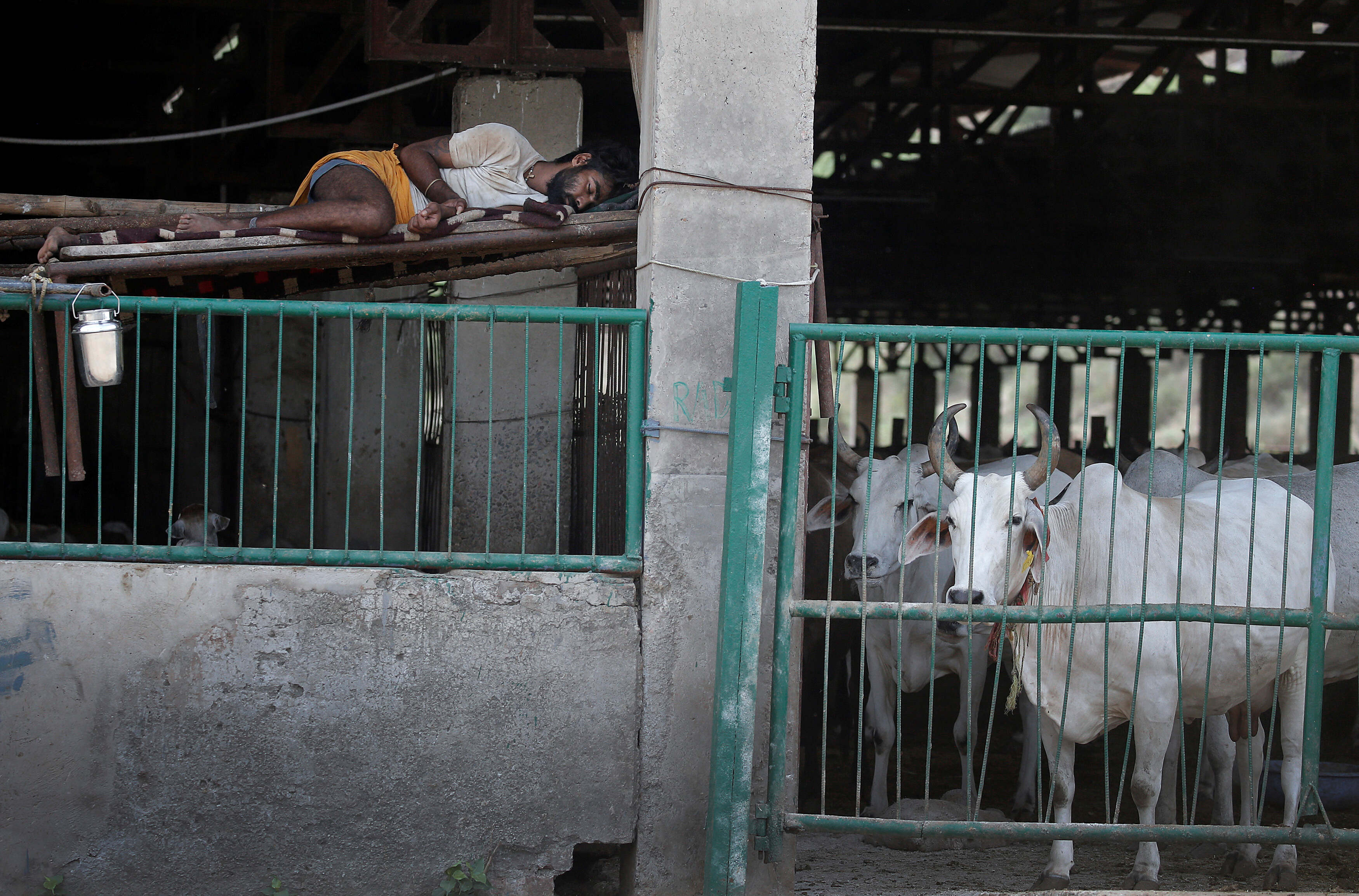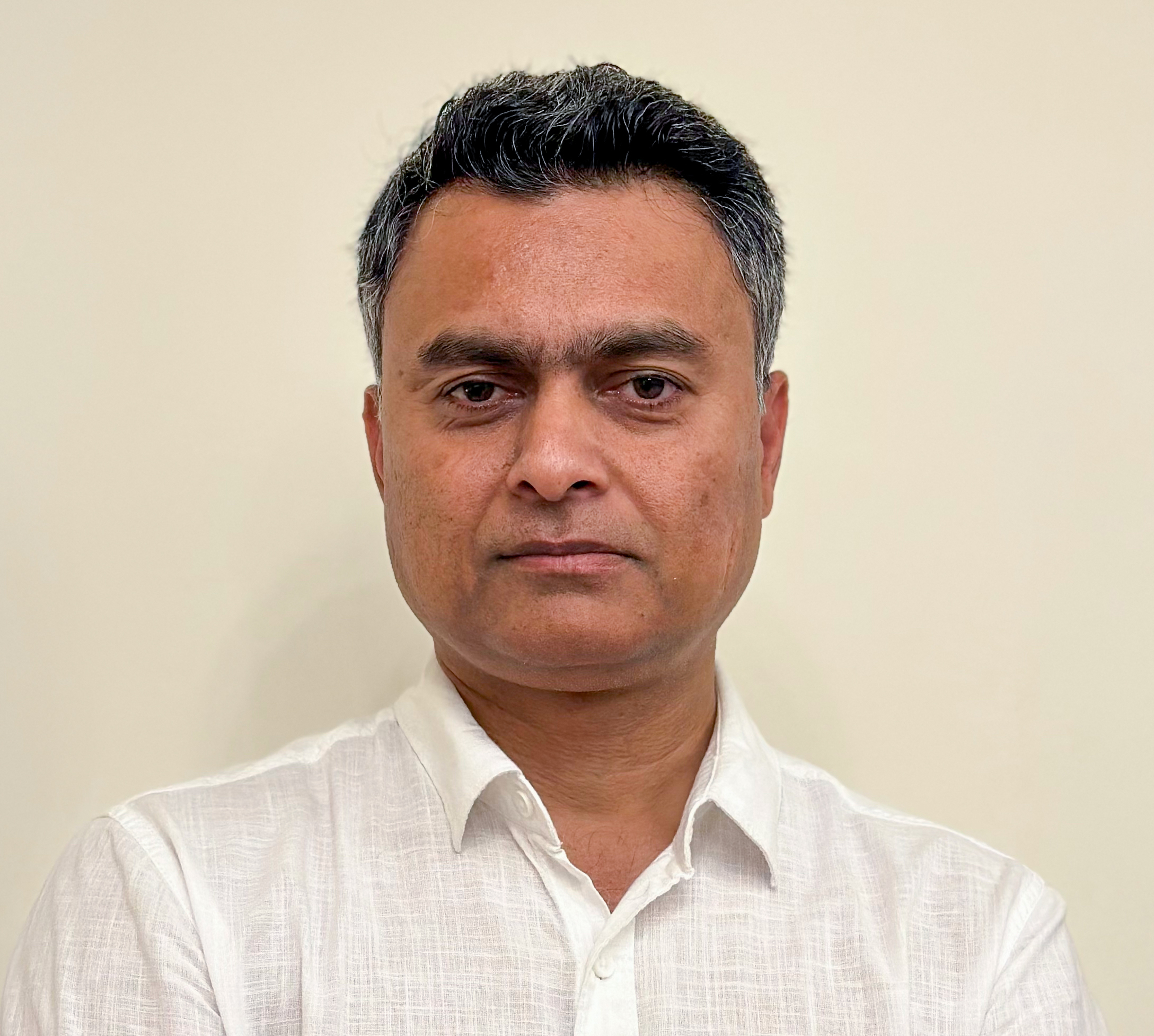يقول أحدهم: "إذا كنت ترغب في التفاعل وتحفيز الآخرين، عليك أن تتفاعل مع عقولهم وقلوبهم"، وأظن ذلك بديهيا سواء في الواقع أو عبر العالم الافتراضي، وسواء أكنت شخصا عاديا أو صحفيا متمرسا. غير أن الأمر يبدو صعبا على الفيسبوك بسبب تغير معادلات الموقع بين الفينة والأخرى. أضف إلى ذلك الكم الكبير من المحتوى في هذا العالم الأزرق. مع ذلك، فعلى الصحفي أن يتماشى مع هذه الحقيقة ويحاول قدر استطاعته أن يقوم ببعض التغييرات الضرورية التي قد تكون في ظاهرها بسيطة، إلا أنها تُحدث فرقا هائلا.
وفيما يلي بعض من النصائح لمساعدة الصحفيين في تحقيق إبهار وتفاعلية أفضل مع جمهور صفحاتهم:
1- انتبه إلى الهوية البصرية لصفحتك ومنتجك:
إذا كنت ترغب في أن تصنع لنفسك هوية بصرية لا تُنسى على شبكات التواصل الاجتماعي، فعليك بداية أن تحدد من أنت؟ وماذا تفعل؟ وماذا ستقدم لمعجبيك عبر صفحتك؟
ليس هذا وحسب، بل يجب أن تكون هويتك البصرية متسقة في جميع أشكال المحتوى، مما سيحقق تفاعلا عاليا مع جمهورك الذي يتشكَّل منذ اللحظة الأولى التي يشعر بها أن الصفحة تتسم بنسق واحد، بدءا من الصور، مرورا بالتصاميم والفيديوهات، وحتى الغلاف الذي يمكن أن تنطلق منه، فأول انطباع يشكِّله الشخص الذي ينوي الضغط على زر "الإعجاب" يأتي من الغلاف، فهو بالفعل المكان الأنسب لتصنع انطباعا مهما له عن محتواك وكأنك تحكي له حكاية من خلاله. احرص أن تغيّره كل فترة مستغلا إياه ما أمكن في تسويق نفسك. المهم أن يحكي كل مرة شيئا ما يصنع فارقا لدى متابعيك الذين سيعرفونك من خلال هوية صفحتك البصرية، فبمجرد رؤيتهم للمنشور، تتمكَّن أعينهم من معرفة لمن هو موجَّه.
2- ابنِ الـ"About" الخاصة بك بعناية:
يعتمد الفيسبوك على الناحية المرئية بشكل كبير. تأكد من أنَّ كل تفاصيلك الهامة واضحة وسهلة الوصول، واحرص أن تتضمن وصلات لأعمالك الخاصة بصفحتك وتقاريرك ومقالاتك أو كتاباتك، إضافة إلى معلومات متعمقة عنك وعن خدماتك أيا كان نوعها أو اتجاهها. وأضع هنا بين يديك بعض النصائح التي تبني لك زاوية "About" محترفة:
? اكتب رؤيتك الصحفية ورسالتك، والقيم الخاصة بك التي تسعى لإيصالها من خلال مهنة الصحافة.
? لديك وقت قصير جدا لتكسب اهتمام متابعيك، لذلك ضع أهم التفاصيل في الجزء العلوي منها والذي سيبرز في يسار الصفحة الرئيسية.
? احرص من خلالها أن يجد متابعوك إجابة لأسئلتهم البديهية عن بداية مشوارك الصحفي وأماكن عملك وحصيلة خبرتك في هذا المجال.
? حاول أن تبرز في صفحتك أهم الإنجازات والنجاحات التي حققتها، وأهم المشاركات المهمة التي شاركت بها في المؤتمرات والمهرجانات الصحفية.

3- لا تنس زر "Call To Action" الذي يوفره لك الفيسبوك:
تقدِّم لك خدمة زر الـCTA ميزة مهمة، كنوع من التسهيل على متابعيك وتوجيههم نحو شيء ما في مصلحتك، ويخلق تواصلا بينك وبينهم، لذلك إياك أن تتجاهلها. لديك خيارات متعددة مع كمية غير محدودة من الطرق التي يمكنك استخدامها في هذه الخدمة، ولعل أبرزها:
? Book Now
? Contact Us
? Use App
? Play Game
? Shop Now
? Sign Up
? Watch Video

4- تفاعل على الصفحة بشكل يومي وإيَّاك والانقطاع:
انشر بشكل يومي دون انقطاع، وأبقِ محتواك "طازجا" متابِعا لكل جديد في عالم الأخبار. احرص على التنويع في منشوراتك بين استخدام الصور والروابط والفيديو وأي وسائل أخرى متاحة، لتحقيق أعلى تفاعلية. واحرص أيضا على عرض منشوراتك بأساليب مختلفة تتنوع بين الجد تارة والهزل تارة أخرى، الجملة الخبرية تارة والسؤال تارة أخرى، ولا تتخذ في عرضك أسلوبا واحدا يجعل لمنشوراتك طبيعة مملة. ثم العب على وتر "الانتشار الفيروسي" وهو ما يبنى على فكرة المحتوى الملفت للنظر والذي يجعل من فكرة مشاركته أشبه بالسحر، ليبدأ انتشاره وكأنه فيروس، لذلك انتبه ألّا تنشر لمجرد النشر. ابتكر وخذ وقتا كافيا لصناعة منشور يحقق "انتشارا فيروسيا". لا تنشر الخبر كما ينشره الآخرون، بل أضف لمستك الخاصة.
5- اهتم بالإحصاءات التي يقدمها لك الفيسبوك "مجانا":
الإحصاءات التي تحظى بها باعتبارك مديرا (أدمن) لإحدى الصفحات هو أمر لا يقدر بثمن، فاحرص دائما أن تلقي نظرة على إحصاءات جمهورك ومتابعيك، وأعط اهتماما خاصا لإحصاءات الأعمار والجنس وبلد الإقامة، هذا سيعطيك مؤشرا مهما عن جمهورك الذي يتفاعل مع صفحتك.
بعد ذلك، انتقل إلى ما هو أعمق وتابع بشكل دوري التفاعل مع المنشورات التي تنشرها كل على حدة، وانتبه إلى الوقت الذي يحظى بأكبر قدر من التفاعل، وما هو المحتوى الذي تفاعل معه أكبر قدر من متابعيك.
هل تلاحظ كم هي مفيدة هذه الإحصاءات؟ ومن شأنها أن تصنع لك استراتيجية أولية للمحتوى الخاص بصفحتك؟ وأن تعرف ما هي نوعية معجبيك وماذا يريدون ويرغبون؟ وعلى أي الأخبار يركزون؟ وأي الدول التي يجب أن تحظى منك باهتمام خاص دون أخرى؟
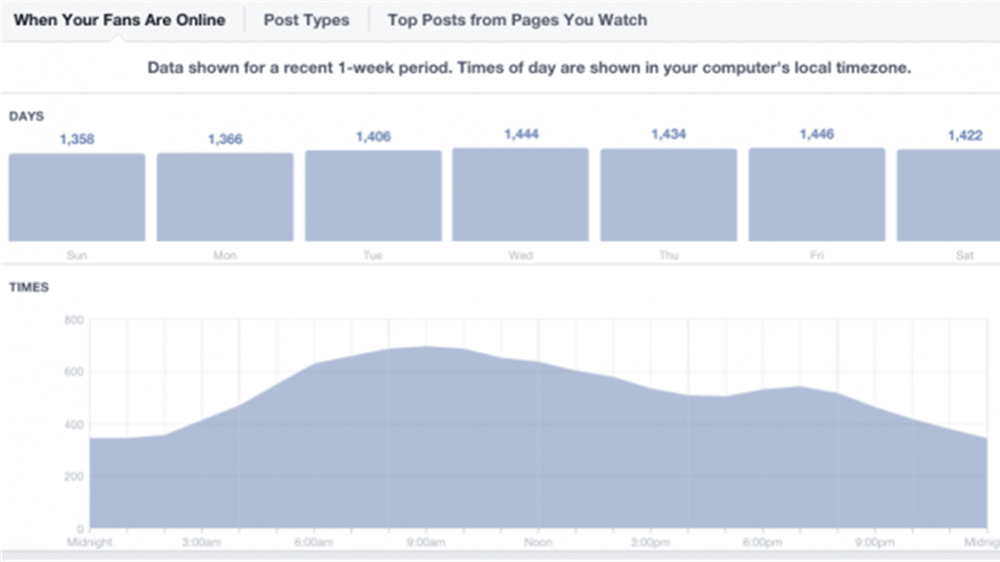
6- اهتم بالمحتوى البصري جيّدا:
يولي مستخدمو شبكات التواصل الاجتماعي -شئنا أم أبينا- اهتماما خاصا بكل ما هو بصري ويتفاعلون معه بشكل كبير، فالصور والتصاميم والإنفوغراف هي أساليب تعني المتابع جدا ويرغبها. لذلك، احرص دائما على استخدام الصور ذات الدقة العالية والجميلة والملفتة للنظر والبسيطة، لتكون "وليمة سهلة" لعيون متابعيك. الهدف هنا ببساطة، هو أن تجذب انتباه متابعيك ليمنحوا منشورك شيئا من أوقاتهم. واحرص على استخدام النقطة الخامسة لمعرفة أي نوع من المحتوى البصري يهواه متابعوك، واعمل على تكثيفه وتطويره، فالأخبار والمواضيع الصحفية بطبيعتها هي مواد جافة، ووجود العامل البصري يكسر ذلك ويجعلها محببة وأقرب إلى الجمهور.
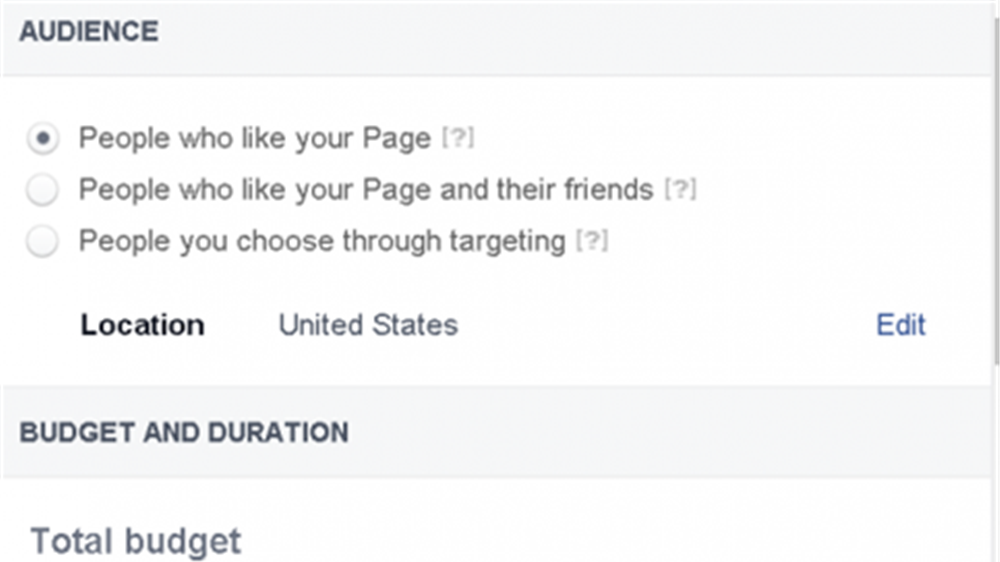
إياك أن تضغط على خيار "People who like your Page and their friends"، إلا في حالة كانت صفحتك في إطار "الصفحات/المنتج العالمي"، وليكن خيارك "People who like your Page"، وهو خيارٌ يحقق تفاعلية أكبر خصوصا من متابعيك الذين لم يسبق لهم أن تفاعلوا مع الصفحة. ولكني رغم ذلك أميل أكثر إلى الخيار الثالث الذي يتيح لك إمكانية تحديد إعلانك بشكل مخصص وتفصيلي، باختيار شريحة محددة من المتابعين. هؤلاء المتابعون هم خليط من متابعين موجودين بالفعل على صفحتك، وآخرين جدد يمكن أن تحظى بهم من خلال الإعلان، بحيث توجِّه المادة التي تريد نشرها إلى بلدٍ ما، آخذاً بعين الاعتبار أن القارئ في ذلك البلد هو الأكثر اهتماما بمحتوى مادَّتك. وتأكد أنك باتباعك النصائح هذه ستحظى بعائد جيد، ولن تشعر بأي خسارة لمالك.

8- الفيديو.. الفيديو.. الفيديو:
لنتفق بداية أن الفيديو حتى اللحظة، هو أكثر ما يحقق تفاعلا على صفحات الفيسبوك. فبعد أن سلك الفيسبوك منهجا منافسا بقوة لموقع اليوتيوب، فقد حظي الموقع الأزرق بأعلى مستوى وصول يبلغ قرابة 78% من إجمالي نسبة الوصول في صفحتك.
إذن.. كيف يمكننا الاستفادة من ذلك؟ ببساطة شارك متابعيك فيديوهات متنوعة، واحرص على إنتاج محتواك الخاص، لتصل إلى أكبر قدر من التفاعلية مع متابعيك.
9- كن جزءا من الصفحة وتفاعل مع متابعيك:
تابع صفحتك أولا بأول واحرص على قراءة انطباعات متابعيك. لا تتوقف عند هذا الحد بل تواصل معهم وتفاعل بين الإعجاب تارة والتعليق تارة أخرى، لتخلق جوا من الثقة المتبادلة بينكم. كما قد يطلب البعض منك توضيحا أو تحليلا لخبر ما، فلا تتردَّد في مشاركتهم كلَّ ما تستطيع أن تفيدهم به.
اطرح كل فترة سؤالا استطلاعيا حول رأيهم في المحتوى وما تقدمه الصفحة، وناقش ما يطرحونه من تعليقات، تفاعل مع الجيّد منها واستفد من السلبي واتخذه سبيلا للتطوير والتحسين، وضمّن مثل هذه الاستطلاعات بعضا من الأسئلة مثل "ماذا تعتقدون؟ هل توافقونني في..؟".
ولعلي أختصر النقاط التسع السابقة بالجملة التالية: "امنح معجبي صفحتك سببا ليعودوا إليها يوما بعد آخر". ضع هذه الجملة نصب عينيك وانطلق.


















